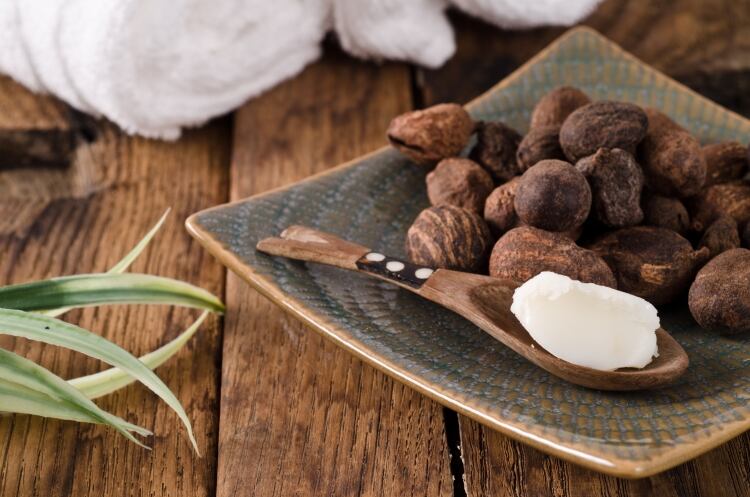As the vegan movement grows, pressure is mounting for brands to show they are globally aware, care about the same issues as their customers, and want to help.
According to Avril Group company Kerfoot, a global supplier of bulk and packed, refined and speciality oils, this can only be done through new product development (NPD) that makes veganism both possible and palatable.
The market for dairy alternatives is experiencing rapid development, and challenges. According to the CBI, the global vegan butter market alone is predicted to grow to $1.77bn by 2026, and supermarkets are keen to stock a wide array of choices.
Simon Corner, sales & marketing director at Kerfoot Group, said consumers want vegan butters that are organic, ethically produced and sustainably packaged, for example in cardboard tubs. They also want it to taste nice.
This opens up the competition for manufacturers to develop plant-based butter products that are healthy but not cursed with the blandness for which vegan food was once renowned, Corner said.
According to Corner, shea butter ticks all the right boxes.
The worldwide market for shea butter is expected to be worth $2.9bn by 2025, with Europe’s share at 25% and the Global Shea Alliance reporting around 90% of shea butter is processed by the food industry.
Tasty and rich in vitamins A, D, E, and K and essential fatty oleic, stearic, linoleic and palmitic acids, shea butter is formed from nuts extracted from the African Shea tree. Once crushed it can be used raw to make margarine, eliminating the hydrogenation process that leads to the formation of trans unsaturated fatty acids. Corner said the reduction in high fat content can help lower cholesterol levels and reduce the risk of heart disease. In addition, shea butter contains the same antioxidants – polyphenols – as those found in dark chocolate and green tea.
Conquering the cocoa shortage
Shea butter is regarded as a healthier alternative to cocoa butter and this, coupled with a natural shortage of natural cocoa, is driving the demand for NPD, reinforced by the European Union’s directive 2000/36/EC, which allows shea butter to be used as a substitute for cocoa butter in the chocolate industry.
Corner said in addition, its ability to add “sustainable puff to pastries” means shea butter is becoming a popular ingredient in bakery as well as for NPD in ice-cream and confectionery.
So, where are we most commonly seeing shea butter in food applications?

Corner said one of the extreme growth areas is in products that would typically feature peanuts, making products safer for those with allergies or intolerances: This speaks to the growing speciality food market that make common food and drink products more accessible to those with special dietary needs.
Knowing the product’s roots
“When it comes to values, 100% sustainable shea-based margarine is ideal for consumers looking for a product that is not only eco-friendly, but whose origins can be traced and are ethical,” Corner said.
In an IBM survey, entitled Meet the 2020 consumers driving change, 71% of respondents confirmed they would pay more for brands providing traceability and 57% would make different purchases to help reduce impact on the environment.
In the report Identifying Manufacturing Trends for 2021, Kerfoot Group’s commercial manager Joanna Deighton said, “We’re in the age of information and consumers are never more than a few clicks from in-depth data on ingredient provenance, allergen information and the product’s global footprint. It would be naïve to think this doesn’t factor heavily into commercial success. Consumers are becoming engaged and proactive, which means how food is made and where it comes from is just as important as the end product.”
Sourcing based on sustainability and ethics
The CBI said Ghana is the largest exporter of unrefined shea butter, with around 94m shea trees producing an estimated 60,000 tonnes of shea nuts a year, valued at $66m, which the country hopes to double by 2023.
Corner said Kerfoot sources shea butter for manufacturing and food service applications from The Savannah Fruits Company in the northern region of the country. He said the organization focuses on the sustainable production and export of traditional, hand-crafted shea butter and provides full traceability of supply chain and logistics, from the collection of nuts to processing in local communities.
“Shea butter is proving a real powerhouse for formulators looking to connect sustainability with real commercial value, and consumer trends. Add to this the impact of the pandemic in concentrating minds on health and sustainability, and manufacturers could reap substantial rewards from R&D investment into shea butter NPD,” Corner said.
“It’s becoming increasingly clear the portfolio of benefits the ingredient can provide unlocks a key advantage on crowded grocery shelves and the growing category of specialist ‘free-from’ products.
“Shea butter forms part of Kerfoot Group’s impressive collection of ingredients, making NPD a more effective process from concept to completion.”

